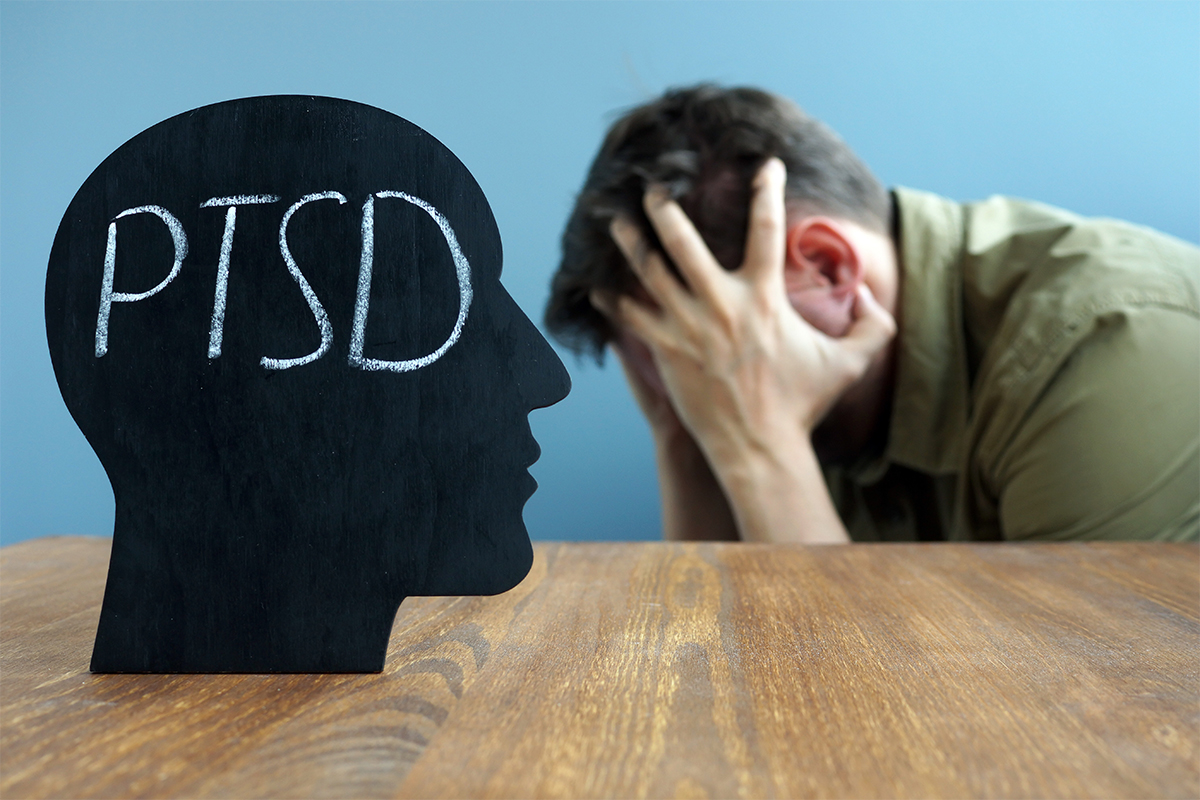
A number of psychiatric manifestations of stress exist. Posttraumatic stress disorder (PTSD) may occur due to a traumatic or critical incident. Set criteria in psychiatry determine if an individual qualifies for a diagnosis of PTSD. Individuals must be exposed to a high-risk, potentially traumatizing experience or situation. A combination of major and minor symptoms established a PTSD diagnosis, as follows;
- Flashbacks
- Dreams
- Déjà vu
- Avoidance
- Sleep disturbance
- Loss of interest
- Detachment
- Emotional numbing
- Increased startle
- Intensification


